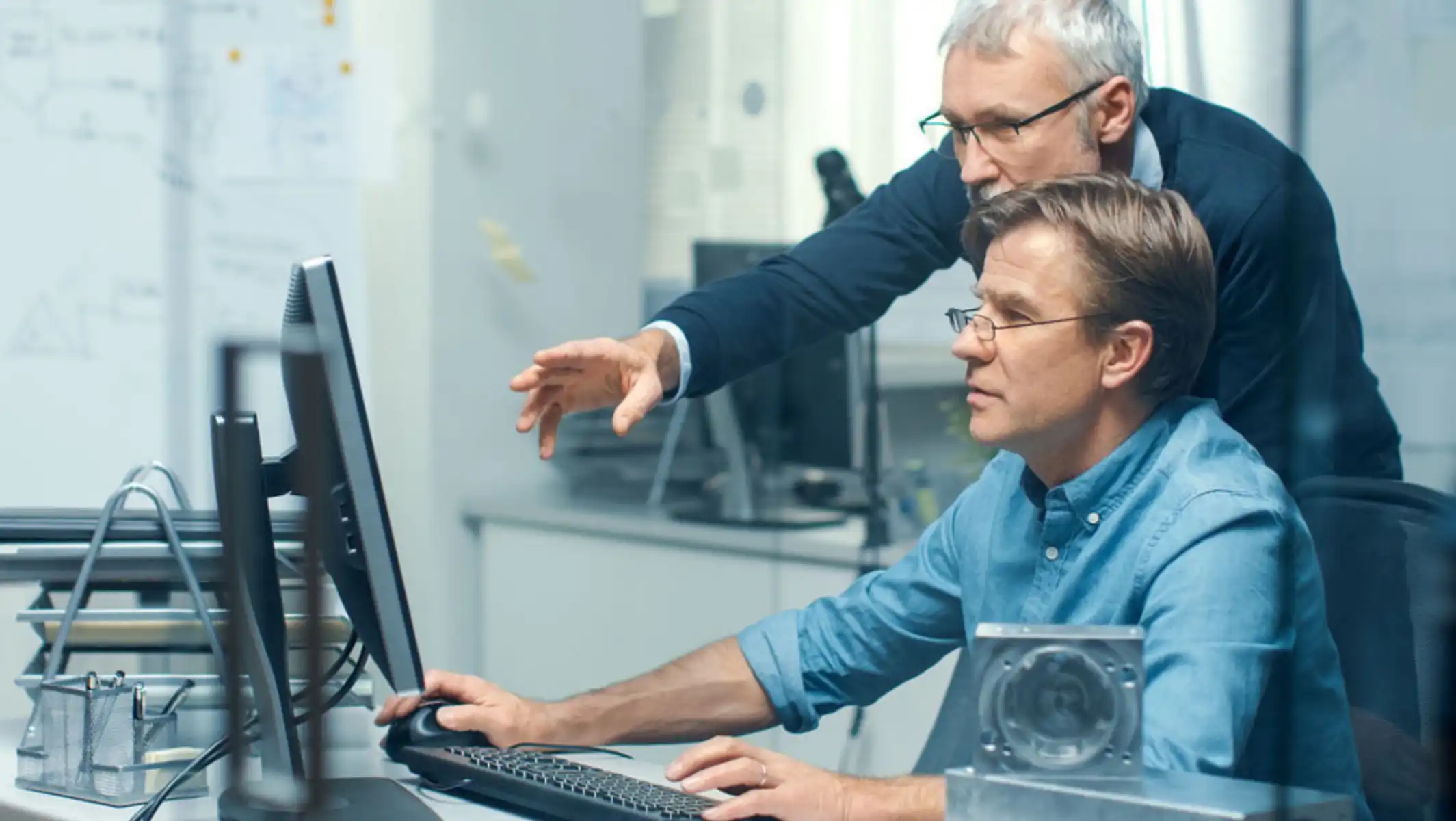
Cloud Migration is the process of moving your company data, servers, collaboration software from being hosted at your company facilities, to being hosted on the internet. Cloud Migration is one of the most important and widespread business trends today. Because there are so many compelling business reasons to migrate to the cloud, if your company has not migrated yet, it probably will in the near future.
When it happens, there are several important cloud migration steps you need to consider account to ensure a smooth transition. The process is complex, and can be overwhelming without a clear plan in place.
In this blog, we’ll take you through the different steps in cloud migration and how a managed service provider (MSP) can help you make the transition seamlessly.
Why Is It Important To Be Prepared When it Comes to the Cloud Migration Process?
Cloud adoption is on the rise in recent years due to its many benefits, such as increased productivity, reliability, and flexibility for remote work environments – so much so that the cloud services market is expected to reach USD 1,712.44 billion by 2029, up from USD 480.04 billion in 2022.

Image Source: Grandview Research
That being said, migrating to the cloud is a process not free of complications.
Without proper planning and execution from the help of a migration service provider, you will experience confusion in developing your cloud migration plan, which will result in costly downtime, security risks, data loss, and many other problems in the long-term.
Cloud Migration Process: 6 Key Steps
1. Assess Your Needs
The first step in any cloud migration process is to assess your needs – essentially taking a look at your existing cloud infrastructure and asking yourself, “what goals is my business looking to achieve in using cloud services?”
You need to understand what applications and data you have, how they are currently hosted, your desired budget, and what you want to accomplish when moving to the cloud.
An MSP can perform a thorough assessment of your existing IT infrastructure and provide recommendations for cloud migration steps.
The assessment will include an analysis of your current workloads, applications, and data, as well as your business requirements and goals. They will then be able to use this information to recommend the best cloud solution that meets your needs and budget.
How Ready Are You for Your Cloud Migration Process?
Get Your Cloud Migration Assessment NOW!
2. Choose Your Cloud Provider
Once you have assessed your needs, you need to choose the right cloud provider.
There are several options available, but Microsoft Azure is one of the most popular choices. It’s a flexible and reliable platform that offers cloud hosting services to store data and applications within the cloud.
Not only can your MSP help you get competitive rates with your ideal cloud hosting provider, but they can also help you complete other key steps for cloud migration – like deciding which type of cloud environment is the best option for your business case, whether it’s a public cloud, private cloud, or hybrid cloud.
3. Decide on Your Migration Strategy
There are several cloud migration strategies you can use when moving to the cloud, including rehosting, refactoring, and rebuilding.
Rehosting, also known as lift and shift, involves moving your applications and data to the cloud without making any significant changes.
Refactoring, on the other hand, involves making some modifications to your applications to take advantage of the cloud’s features.
Rebuilding involves redesigning your applications from scratch to take advantage of cloud-native capabilities.
Each of these strategies requires different steps in cloud migration, making it crucial to determine which option is best for you.

4. Plan Your Migration
Once you have chosen your cloud migration strategy, you need to create a migration plan.
This step involves defining your migration goals, identifying any dependencies, and creating a timeline for the migration process.
5. Test Your Migration
Before you start the migration process, you need to test it thoroughly. This step involves creating a test environment in the cloud and running your applications and data through it.
You should also test for performance, security, and reliability to ensure that your migration is successful.
Why is this application migration to cloud step so important?
- Although more secure than traditional data centers, 45% of all security breaches occur within cloud environments.
- Reliability testing enables you to test different scenarios, such as peak usage, to identify any performance issues and ensure that your applications and data can handle the expected load.
| Learn more about cybersecurity for business with these blogs: |
6. Perform the Migration
This application to cloud migration step involves moving your applications and data to the cloud using your chosen migration strategy.
Validation involves checking that all data and applications are fully migrated and functional in the cloud. You should also verify that all users have access to the resources they need and that security and compliance requirements are met.
Once the migration is complete, test your applications and data in the cloud environment to ensure that everything is working as expected and that performing optimally.
Azure Hosting vs. Azure Virtual Desktop Hosting
Now, let’s talk about the difference between Azure hosting and Azure virtual desktop hosting.
Azure hosting is a service that allows you to host your applications and data in the cloud. With Azure hosting, you can take advantage of the cloud’s scalability, security, and flexibility without having to invest in on-premises infrastructure.
Azure virtual desktop hosting is a service that allows you to provide a virtual desktop experience to your users from the cloud. This service is particularly useful for businesses that have remote workers or need to provide access to legacy applications.
Migrate to the Cloud Seamlessly with Power Consulting
Power Consulting has successfully migrated hundreds of companies to the cloud. We take leadership in every step of the process, including user support and training. By following our cloud migration process rigorously, we ensure your company’s success in your transition to a modern and secure IT.
From support to strategic recommendations, and everything in between, Power Consulting can handle your cloud migration needs, and provide IT support and management going forward. Contact us now to learn more.



